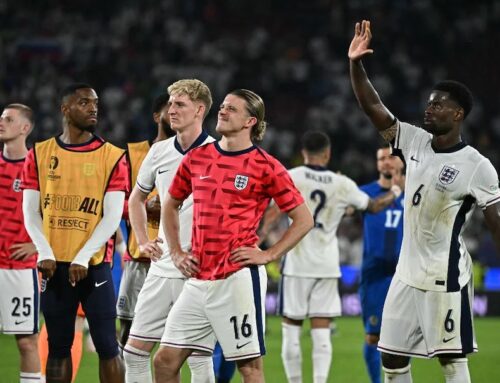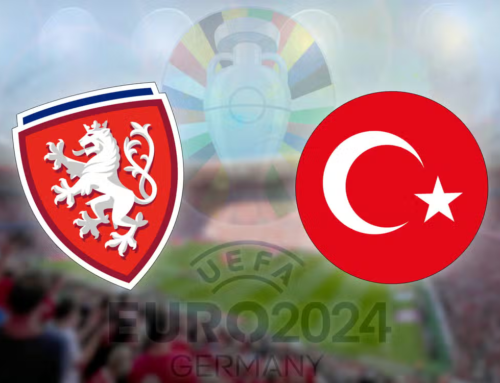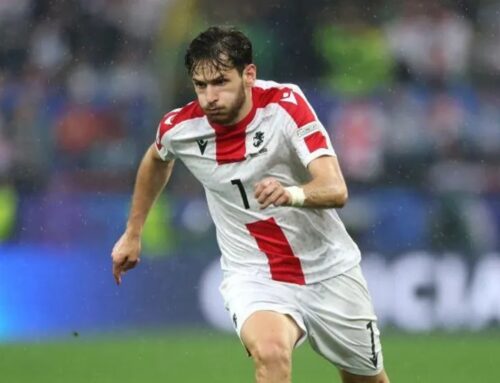
How Modric can save Croatia in the playoff battle against Italy
After a draw with Albania, Modric left the mixed zone – upset due to a hint about his age. He will turn 39 in September. This Euro is definitely his last; there is a possibility that it could be his last major tournament at all. An early exit is clearly a painful topic for Luka. The question that offended Modric was: “Isn’t it time for the young ones to fight for progression?” But there aren’t many of them. The Croatian team brought one of the oldest squads. For many, this is the last chance to shine in a continental tournament, add one more medal to the wall, and firmly establish themselves in the status of the golden generation. To guarantee passage to the playoffs, they need to beat the Italians. How can they do it without abandoning the authoritative composure of their experienced players?
If they apply a pressing game, it should be zonal – the trick they tried against Spain won’t work with the Italians. In the first match against Spain, the Croatians alternated between man-marking and zonal pressing: they worked in zones, but individually marked the Spanish midfielders. Overall, it was an effective plan that addressed the shortcomings of positional football and played to the level of the overall strategy – enough to disrupt the traditional Spanish possession game and secure the Balkan’s ball control dominance. However, it was occasionally thwarted, and the opponent was so strong that they capitalized on those moments.
In other words, the Croatians forced the Spanish team to abandon their preferred game plan but still suffered defeat without the ball due to a lack of good execution. Considering how much Spalletti values possession, it’s important to understand the reasons:
- Croatian midfielders lack the physical attributes to dominate 1-v-1 situations without the ball. In such scenarios, the plan usually backfires: disruptions hinder possession progression, but the lack of athleticism leads to regular defeats in key moments. That’s what happened.
- Croatian midfielders have rarely faced individual pressing before.
- One of them is close to 39 – an age more suited for intellectual positioning than aggressive duels.
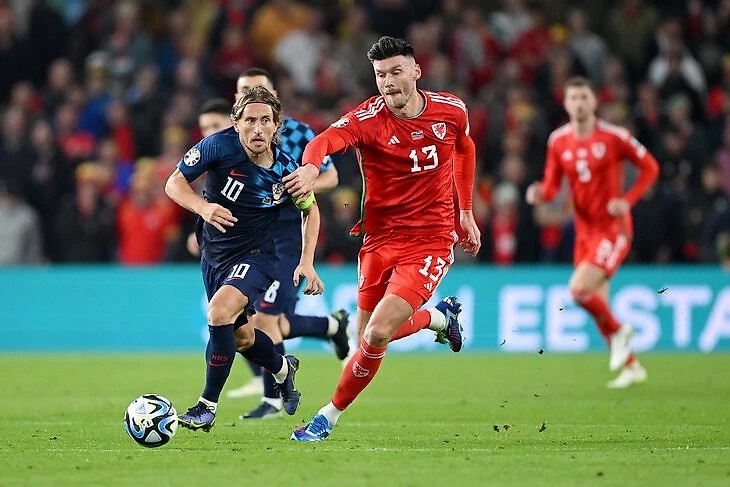 Repeating the same experiment now is a bad idea, not just because Modric won’t be getting any younger by the time of the match. The football that Spalletti has implemented for “Napoli” and the national team is specifically designed to counter individual pressing. The Italians are not looking to exploit the spaces between lines like the Spanish. Possession won’t lose its effectiveness even if the lines between them are blurred.
Repeating the same experiment now is a bad idea, not just because Modric won’t be getting any younger by the time of the match. The football that Spalletti has implemented for “Napoli” and the national team is specifically designed to counter individual pressing. The Italians are not looking to exploit the spaces between lines like the Spanish. Possession won’t lose its effectiveness even if the lines between them are blurred.
Moreover, the Italians do not adhere to a strict positional structure – they easily abandon it as the situation demands. And their roles in the team are quite fluid as well. Individual pressing against them will likely result in Kovacic and Modric roaming all over the field, while Bastoni and Calafiori handle the passing duties – not necessarily from defense. In this context, pressure, especially counter-pressing is a viable strategy. The Spanish demonstrated how vulnerable Italian possession can be under high intensity. But pressing must be zonal.
Based on their previous match, Spalletti is unlikely to deviate from his control-oriented approach, even when it falters. To manipulate zonal pressing, he will have to resort to a positional game with all its intricacies – for example, occupying the space between lines. The Italians lack midfielders for such a style of play. (By the way, his “Napoli” struggled when facing opponents who blocked spaces and pressed passing lanes rather than players themselves).
The only justified individual focus should be on Jorginho. He doesn’t like when someone shadows him.
If they play a possession-based style, it should revolve around Modric
Let’s be clear: only Luka can save Croatia, as it has always been. There’s no one else to rely on for salvation – neither a person nor a machine. No one guarantees more. He himself must create the masterpiece that will save his world.
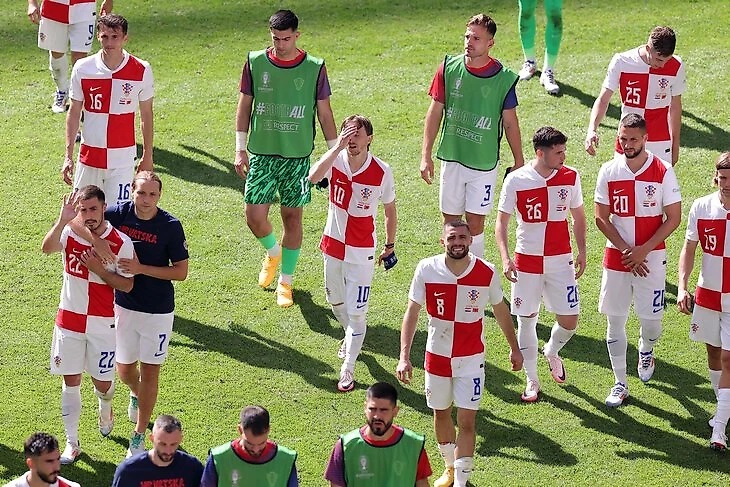 The Italians rely on compact positioning and risky passes in tight zones to quickly regain possession after turnovers. For this reason, they leave a lot of space behind the midfield. The central defenders face a dilemma: either step up to engage the opponent and leave a gap in defense, or hold position and allow the opponent to build the attack. The best way to exploit this flaw is to give the ball to Modric. He isn’t bound by conventions like distance: nobody in the world can deliver a pass as effectively as him – whether presently or in the past.
The Italians rely on compact positioning and risky passes in tight zones to quickly regain possession after turnovers. For this reason, they leave a lot of space behind the midfield. The central defenders face a dilemma: either step up to engage the opponent and leave a gap in defense, or hold position and allow the opponent to build the attack. The best way to exploit this flaw is to give the ball to Modric. He isn’t bound by conventions like distance: nobody in the world can deliver a pass as effectively as him – whether presently or in the past.
In summary: a team where the coach complains about vast gaps between lines. The gaps, forcing defenders to choose between covering space in front or behind them. Kovacic excels between lines even in the match against the Spaniards. The natural attention on him, leading to space behind defenses.
This trait nearly cost the Italians victory even in the calm match against the Albanians. But here comes Modric. His ability to read the game, make precise passes, and exploit structural weaknesses.
The Italians will surely pay special attention to him, and Spalletti doesn’t need to remind them: almost all local midfielders who excel with the ball learned from videos featuring Luka. If properly guarded against passing from a deep block, problems will arise.
To save Croatia, Modric needs to save himself. The rest will follow.
Playing defensively, Spalletti faces issues with buses
 However it ends, the Croatians made history in the tournament – being the first in 16 years to keep the Spaniards at bay. Partly thanks to individual brilliance, partly due to the midfield trio of Brozovic – Kovacic – Modric, a great argument to turn anyone into spectators.
However it ends, the Croatians made history in the tournament – being the first in 16 years to keep the Spaniards at bay. Partly thanks to individual brilliance, partly due to the midfield trio of Brozovic – Kovacic – Modric, a great argument to turn anyone into spectators.
But possession itself has become somewhat of a meme. Croatians didn’t know what to do with the ball. Control for the sake of control. Their positional attacks in both matches resulted in predictable and not very effective crosses.
Well, if you love it, let it go. Even if it means letting go of the ball – something Croatian midfielders love the most in the world (Brozovic – second only to himself). Spalletti craves aggression and thrives on it. His possession game isn’t afraid of individual fluctuations but revels in them: to him, every seemingly defensive act is a hidden opportunity.
The best way to thwart his excitement is to stay in a passive defense. Close up and watch the Italians clumsily attempt to breach through. Even the Albanians managed it well. If Chiesa doesn’t break the door down against a dull tactical approach, defending becomes straightforward. Even a well-drilled “Napoli” faltered in similar scenarios. The national team’s defense is even less refined.
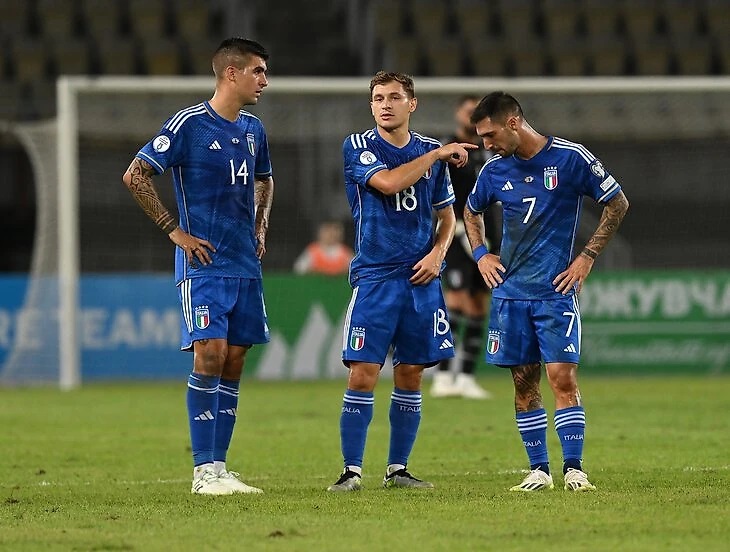 A small but important detail – it’s better to defend in a 4-4-2 or 4-5-1 rather than a 4-3-3. The Albanians sacrificed width defensively with three players in the second line for security between the lines. But the Italian roster consists of players who excel on the flanks but struggle between the lines. If Spalletti sticks with Fagioli, none of his players will be able to retain the ball effectively in such a crowded area. Barella could, but he’s preoccupied elsewhere.
A small but important detail – it’s better to defend in a 4-4-2 or 4-5-1 rather than a 4-3-3. The Albanians sacrificed width defensively with three players in the second line for security between the lines. But the Italian roster consists of players who excel on the flanks but struggle between the lines. If Spalletti sticks with Fagioli, none of his players will be able to retain the ball effectively in such a crowded area. Barella could, but he’s preoccupied elsewhere.
The allure of this solution lies in its compatibility with other strategies, culminating in a solid plan that exploits all the vulnerabilities of the Italians: passive defense with a low/medium zone pressing coupled with swift transitions in response to heavy counter-pressing.
There is one more reliable tactic – running more. The Italians seemed physically drained in the first match and entered the second half-dead. It appears they are not yet prepared physically. And the worst part is that rotation is not an option for them.
Spalletti’s unresolved tactical ambiguity before the tournament led to a peculiar issue. Luciano assembled the squad to feature as many attributes as possible – bringing performers for any system he decides on. Now, he lacks interchangeable alternatives. Substituting changes the role characteristics, complicating the stylistic consistency.
The Croatians are unlikely to have this luxury, even if Brozovic and Perisic are capable of endless running. Modric and his right foot might suffice if it’s done correctly.
About the author : Philo
Related Posts
Subscribe to newsletter
Insider offers & flash sales in your inbox every week.
Latest videos
Join our mailing list today
Insider offers & flash sales in your inbox every week.
Curabitur non nulla sit amet nisl tempus convallis quis ac lectus dolor sit amet, consectetur adipiscing elit sed porttitor lectus.

